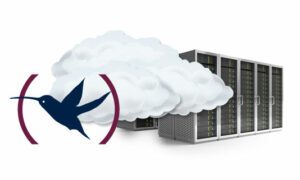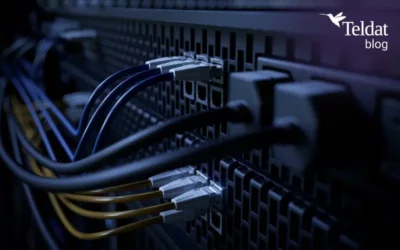
The film has nothing new to offer. Especially for those of us who may have watched a similar one called Twister in the 80s (and still remember the flying cow!). The interesting thing is that I watched the film in experience mode. This means the theater had set up huge fans and water sprinklers that were coordinated with the different scenes. Thus, when the hurricane hit the people on the screen, the system turned on the fans and a strong wind with tiny water drops would hit your face and body – practically all through the film. So, by the end, and since the film is all about hurricane scenes, when lights turn on you are chilled and wet. I cannot think who thought this would be a good idea! Let´s see:
First of all it doesn´t help a bit to get into the film. You keep wondering when the fans are going to turn on, the strength of the air, and other things that have nothing to do with the story. And by the end you only want to run off to get a towel and a warm drink. Secondly, I am sure that the theater made a great investment in a system that the customers might not like, or is not a real improvement in the experience of just watching the film. And the third point, it´s more expensive to go and see. So many customers would just prefer to save their money.
And here is where this links with the Routing Business (yes, I mentioned this was about Technology). To begin with, we all know that Network Technology right now is exactly in the very eye of the storm. NFV, SND, Security, Mobility needs and such are expected to bring important changes in the way that service providers consider the current network business. But apart from the obvious word games, let´s see why I saw similarities between a vendor manufacturer, the film and the theater experience:
- Efficiency: The necessities of customers when it comes to network equipment are well known. However, many vendors pack their equipment with lots of features that, a) the clients do not need and b) end up draining resources thus lowering the performance of their routers in key features that the customers pay for. In the same way as the film, where the story starts to lose all interest due to the endless storms.
- Investment: When a vendor designs a product roadmap, the return of investment is one of the key factors. So, they invest in features that suit the needs of the majority of their customers or in special features that are demanded from a niche market or special customers. Contrariwise, the investment is useless. Throughout the film, I kept thinking. “Apart from a hurricane film, what is all this investment in this infrastructure valid for?” Because it cannot possibly be reused for any other films (or only for a very small number of them).
- Price: Is the customer ready to pay extra for what you are offering? We live in a world where budgets are tighter each year. And customers try to save as much money as possible in things that are not really necessary. So is it reasonable to charge extra (and risk rising above the market price) for features that the customer may not need, want or even appreciate?
As you can appreciate, I didn´t find the film very interesting (with or without fans), but I reached the conclusion that it makes sense to avoid some extraordinary, even appealing and marketable features, that only raise the cost and do not help to more effectively solve the customer requirements (in this case, the obvious need was watching a good film).
This is what we have in mind in Teldat when we design our routers. How to solve the customer needs as efficiently as possible, at a lower cost. Consequently the first thing we do is to find out what these needs are and stick to them, without adding a lot of features and functionalities that we charge our customers for, but do not necessarily add a significant value. For us in Teldat, this is what competitiveness is all about.

























